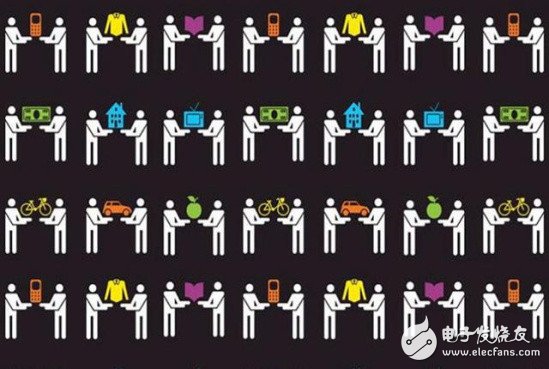The Internet of Things means connecting items and equipment that are ubiquitous and readily available in life to the Internet through wireless or wired means. Devices and items can be interconnected, with the aim of making life more convenient and complete. A scene like a movie is about to be staged in a normal living environment. For example, before going out to drive in the morning, first open the air conditioner to a comfortable temperature through the handheld device, approach the car to sense the object to automatically start the engine, and obtain the best driving route. The comprehensive sensing of the Internet of Things is about to be realized in the future. In recent years, various types of 3C products that can be inductive and connectable to the Internet have been launched in the market. The functions are all around the Internet of Things, and gradually cover all aspects of food and clothing. In terms of food, for example, sensors installed on the bottle cap can monitor changes in the bottle in real time, such as alcohol concentration, deterioration or not; the built-in camera in the refrigerator can monitor internal conditions and changes in temperature and humidity. Sensors are added to clothes or sneakers to collect information such as walking, running, calorie consumption, and provide health monitoring related data. The Internet of Things also brings innovative thinking, and more and more products and services can be provided through the Internet of Things. The idle resources are connected in series to activate, meaning that more services can be provided without having to create more new products, such as the UK JustPar. Allowing consumers to rent someone else's private parking space is one of the ways to solve the problem of urban parking. Jeremy Rifkin, author of the online bookstore Amazo's best-selling book, The Internet of Things Revolution: The Rise of the Shared Economy and the Zero Marginal Cost Society, believes that “a society that shares the community and shared value as its core will be better than the capitalist Libreville. The system that emphasizes competition and market share is more likely to achieve sustainable development.†At present, there are many new energy companies in the European and American countries that use the Internet of Things, new materials, and fundraising to establish a variety of low-cost household minis. In addition to low cost, solar or wind turbines, in conjunction with sharing the shared nature of the community, can also distribute profits evenly to all members of the platform. Gartner, a research and consulting firm, recently pointed out that personal IoT sensors will open new business opportunities for enterprises, such as predictive maintenance, or provide support for autonomous objects; and predict that smart objects can make use of weak artificial intelligence and machine learning. More advanced behavior while interacting with humans in a more natural way. The so-called "Internet of Everything" concept of the Internet of Things means that all kinds of equipment and items may become a member of the Internet of Things. The future trend predicts that the Internet of Things is no longer just connecting objects and objects, the popularity of sensors and cloud computing, and the future of life. Entering comprehensive sensing and having the ability to access big data data is the biggest advantage of the future Internet of Things era. wzc , https://www.dg-wzc.com